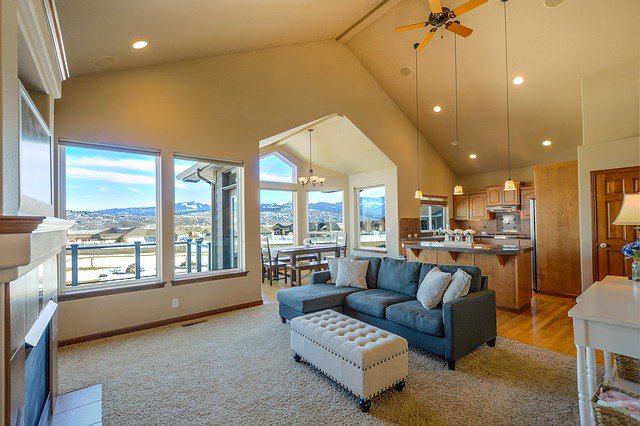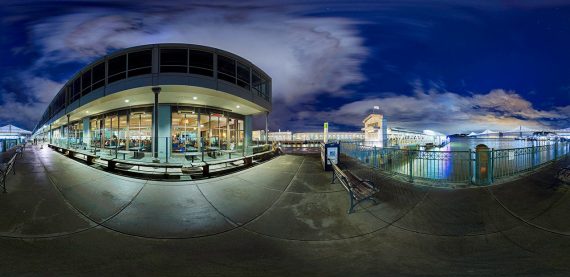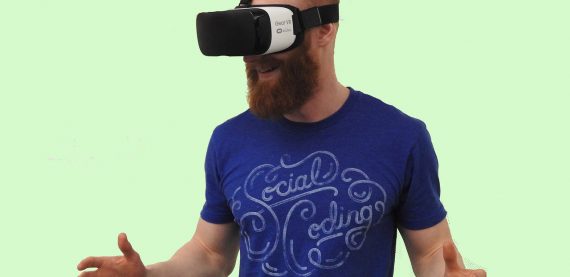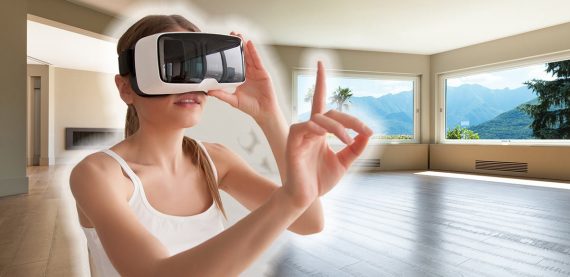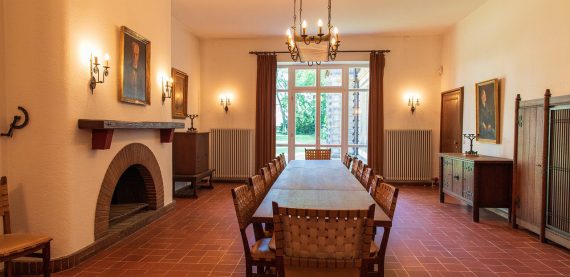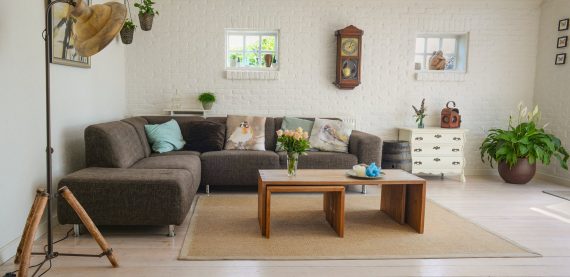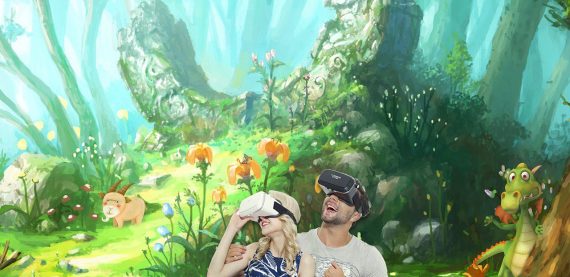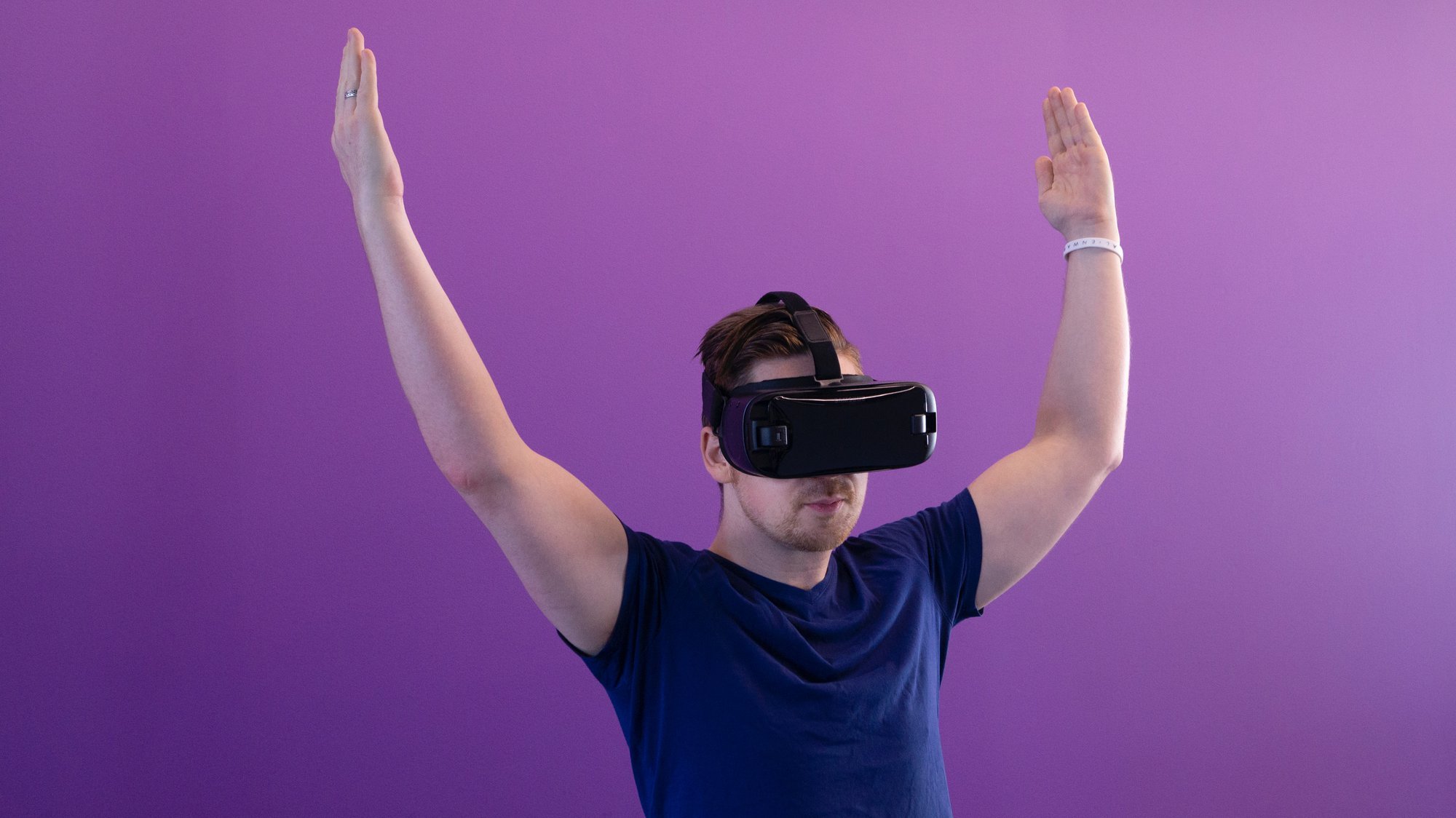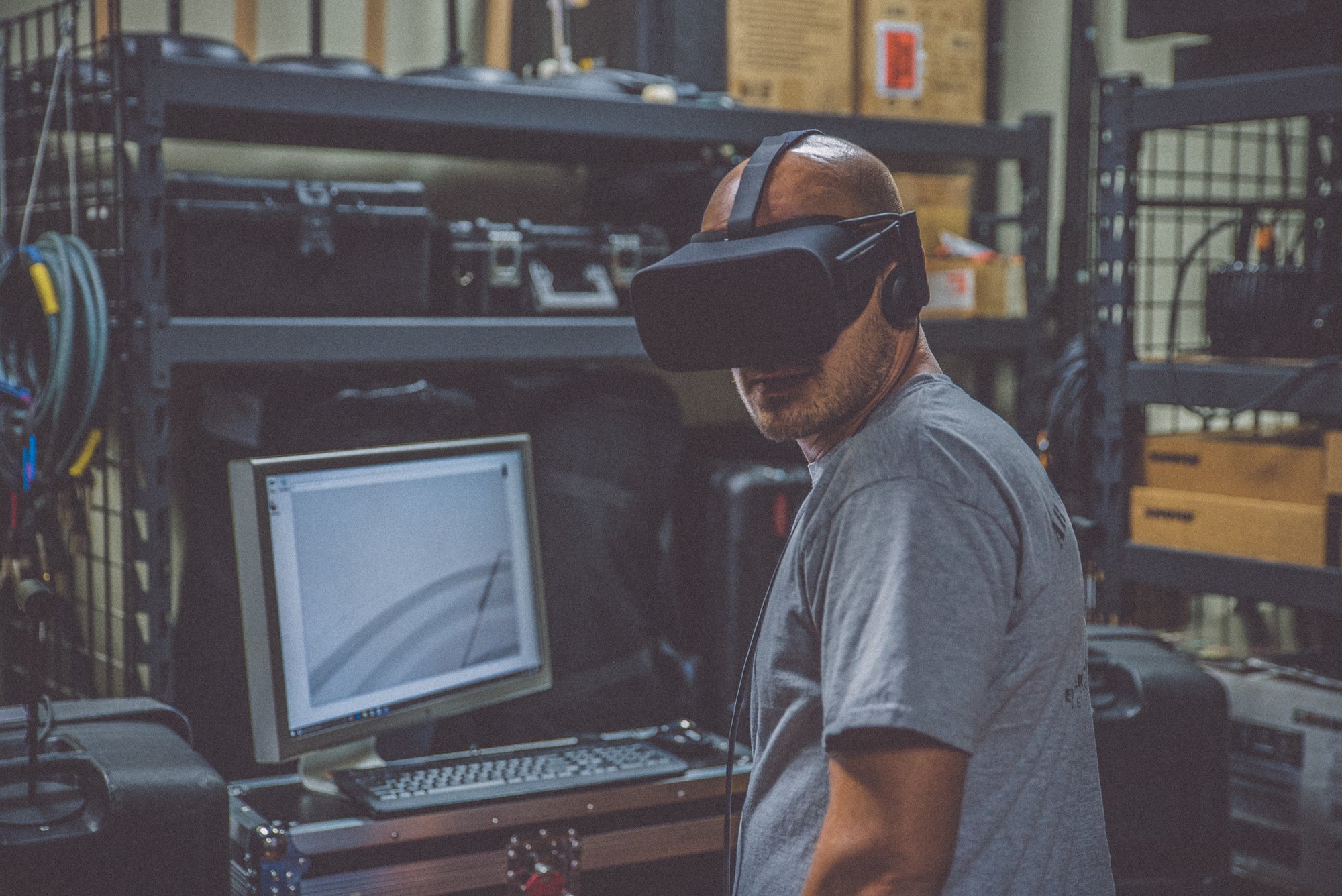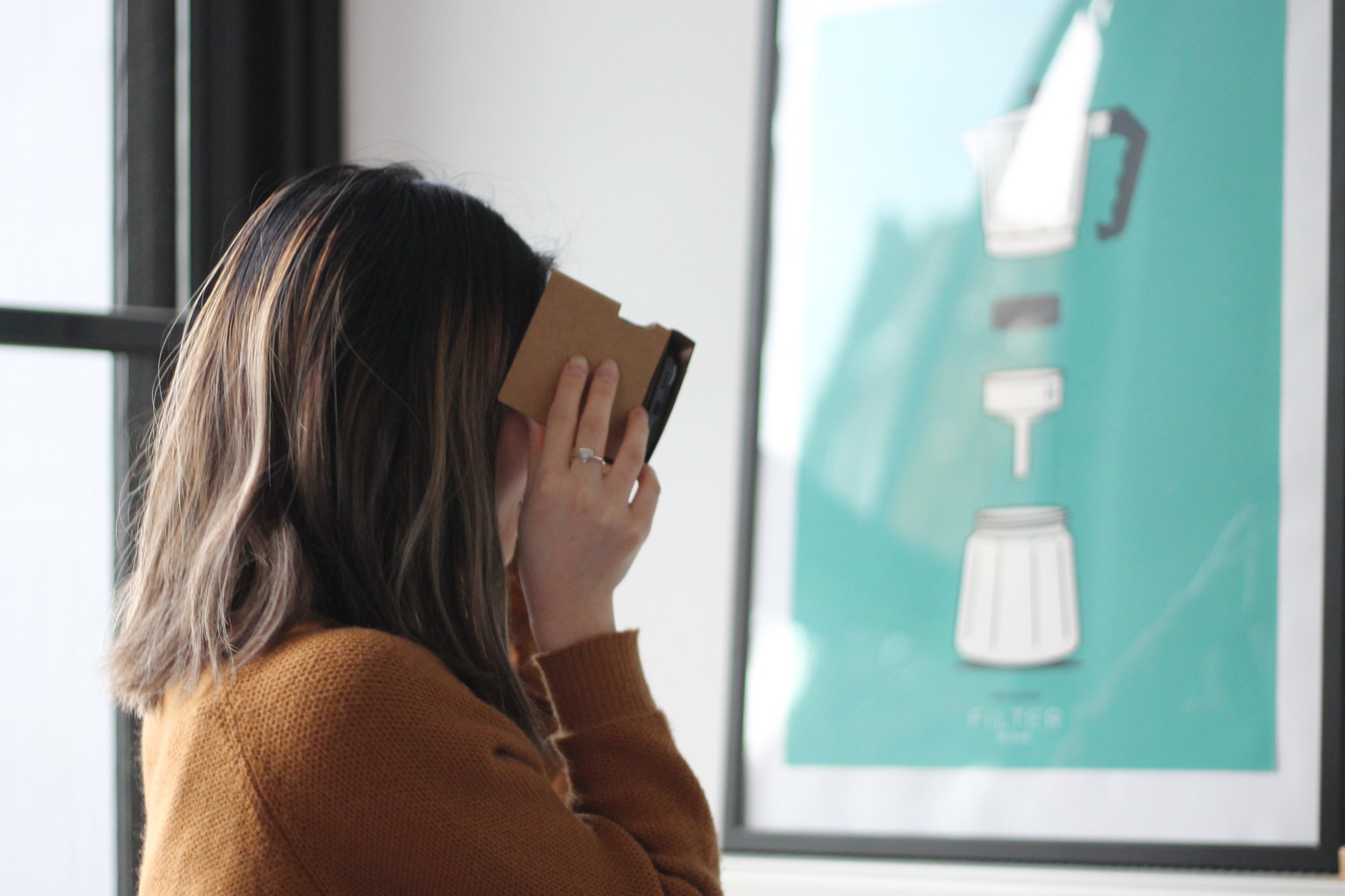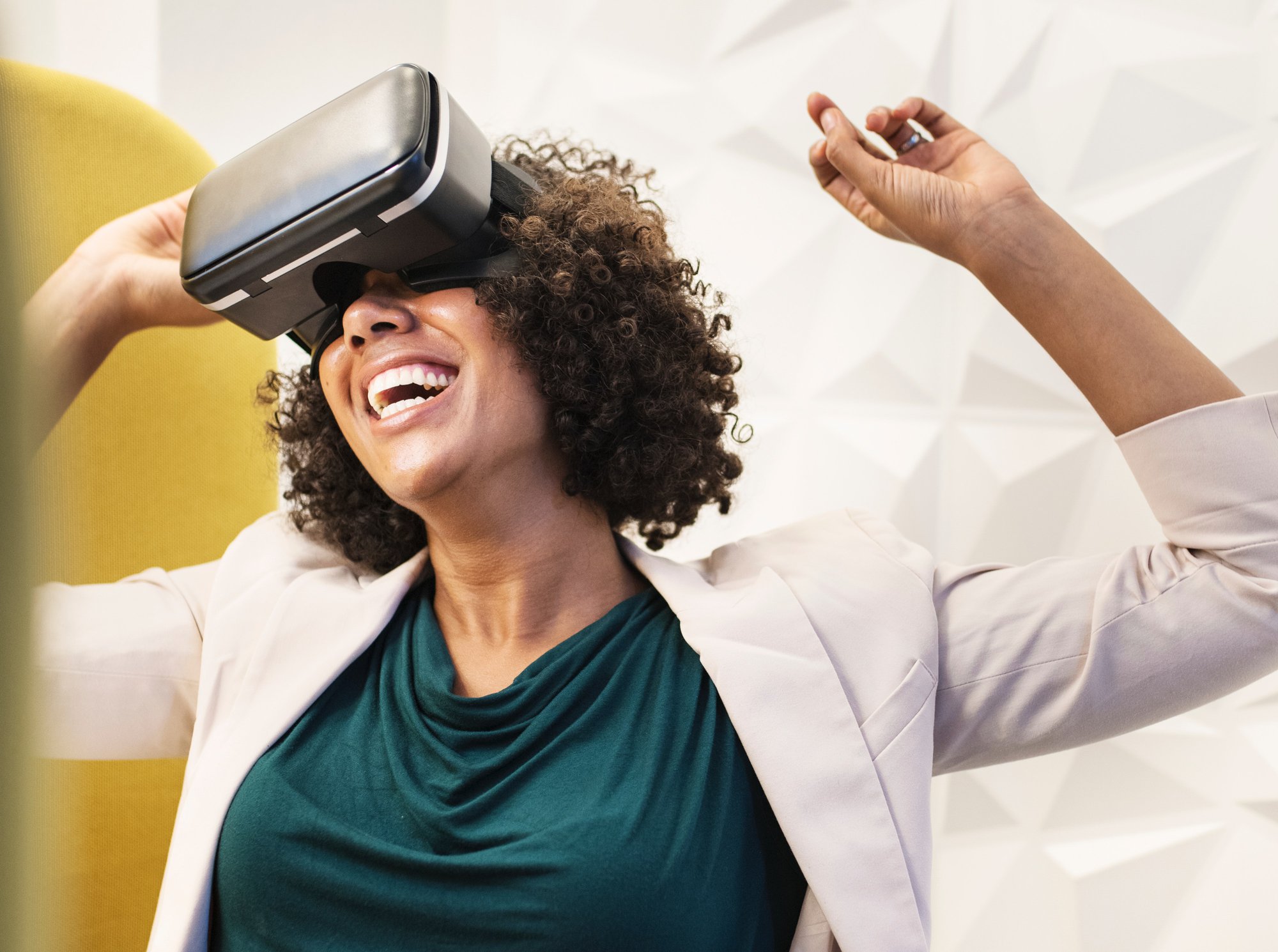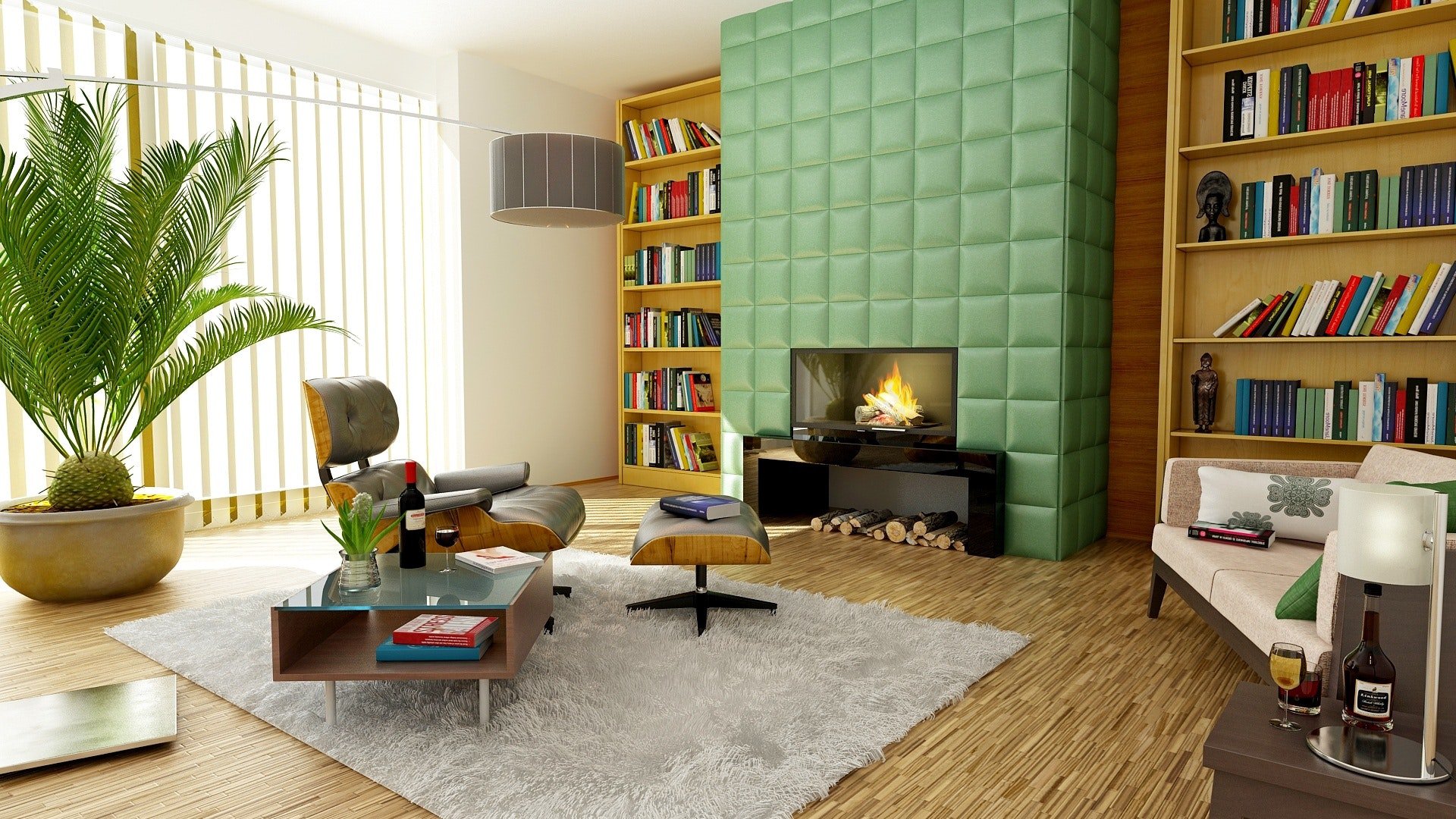Almost every creative field including architecture has been radically changed with the help of virtual reality. The field of real estate and architecture embraced immersive tech in just a short amount of time since its inception a few years ago. Many consider it to be an invaluable tool, helping relay a property design.
Architects and their respective clients can work as true collaborators during the design phase of their projects with the help of the technology promptly. Having a fully-visualized interior before deciding the fine details makes it possible to create a property walkthrough pre-build. Its novelty has worn off, but the technology stays relevant, becoming a groundbreaking resource in the design, communication, and property trade. Let us look at what role immersive technology plays in changing the work and function of architects.
State of the Art Visualization
There is a story in every building an architect creates. The functionality and purpose of the property need to be cohesive, and this can be seen in how architects tell their stories, bringing them to life through paintings. Drawings, 3D models, and 2D digital simulations were often the visual narratives architects use to relay information to their clients. Although these methods are proven to work, their scope is somewhat limited as this does not allow an individual to truly immerse themselves inside the property.
Things changed for the better in the introduction of VR, this having the ability to immerse an individual into a projected building, giving a much clearer overview of its layout. Architects can save a fair amount of time and resources with the help of this immersive tool. VR has poised itself as a discovery tool with its ability to find design flaws earlier before breaking ground. The option to explore and have a feel for the interior and exterior of a property is available from the get-go as if the individual steps inside the building. Things can also be easily changed if there are elements that do not go well to the overall value of the building.
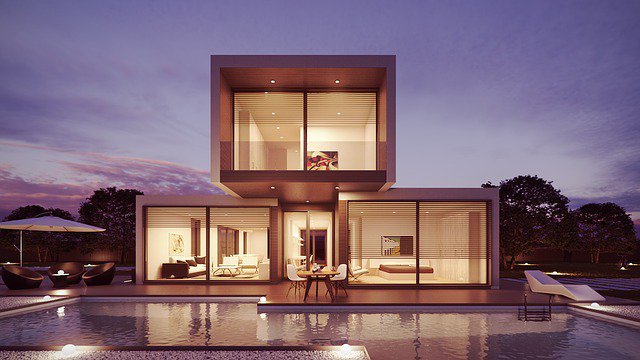
Collaboration with Its Design
Architects, interior designers, and clients can work hand in hand to complete on design through virtual and augmented reality. The process itself can be troublesome and can consume a considerable amount of time, but it is something that should not be overlooked. Changing layouts, adding windows, doors, and hallways all from a headset is a welcome change and at the same time helps cut downtime and fees when done through free virtual tours.
An Effective Training Tool
VR provides timely information of a property to potential clients while at the same time the future generation of architects will be able to use the lessons administered within the tool. VR has become a staple tool in the field of medical, automotive as well as architecture and real estate due to the teaching tools it provides.
Helps Seal the Deal
The final step passed on to a real estate agent is selling the vision of the company and its property. Back then, building completion is what agents will be waiting before they are allowed to step in and build out a selling strategy and messaging points. The process, however, is streamlined through VR. Now real estate agents can get a headstart on finding the perfect client as they will be able to get an early preview of the final product.
Now that you know the importance of a virtual tour builder in many industries you can start creating your own. Check on Virtual Tour Easy for an easier process.

